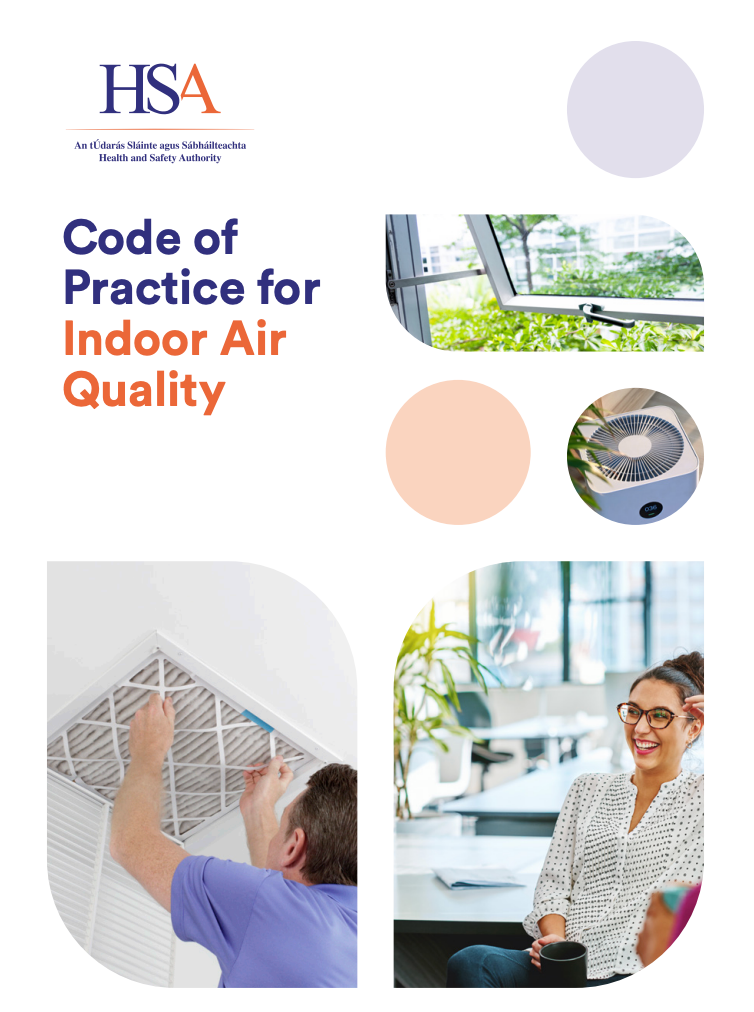Safeguarding Your Wellbeing and Mitigating Risks in Construction Work.
When it comes to your long-term health and overall wellbeing, no job is worth risking it all. This holds especially true for self-employed builders and small builders who employ workers, as they are considered contractors under the law.
As a contractor, it is your responsibility to ensure that construction work is carried out safely and without posing any health risks. This entails having the necessary skills, knowledge, and experience to execute the work diligently. It is crucial for contractors to meticulously plan, manage, and monitor all tasks performed by themselves and their workers. This includes taking into account the potential risks to anyone affected by the work, including members of the public, and implementing measures to protect them.
If you have been appointed by the client to be in control of a construction project where other contractors are involved, you will also assume the role of a principal contractor.
As a self-employed builder, it is important to note that you bear the legal responsibility for the health and safety of any subcontractors you employ while they are on your site.
Understanding the Law: What You Need to Know
The Control of Substances Hazardous to Health Regulations 2002 (COSHH) specifically addresses activities that may expose workers to construction dust. To comply with these regulations, there are three key actions you must undertake:
1. Assess the risks: Thoroughly evaluate the potential risks associated with construction dust exposure.
2. Control the risks: Implement effective measures to control and mitigate the risks identified during the assessment phase.
3. Review the controls: Regularly review and reassess the implemented controls to ensure their continued effectiveness and address any emerging concerns.
Ensuring Safety amidst Busy Building Activities
Construction dust should not be dismissed as a mere inconvenience. It poses a significant threat to your health and the health of those under your supervision. Whether you directly employ individuals working on your site or not, there are essential health and safety tips that you should adhere to.
By prioritising the following measures, you can safeguard yourself and those around you from the risks associated with dust:
1. Provide adequate personal protective equipment (PPE) to everyone on the site.
2. Implement effective dust control measures, such as proper ventilation, dust extraction systems, and dampening techniques.
3. Train and educate workers on the risks associated with dust exposure and the proper use of protective measures.
4. Maintain good hygiene practices, including regular cleaning and proper disposal of dust-contaminated materials.
5. Monitor the air quality on the site regularly and take necessary actions if hazardous levels are detected.
Remember, your health and wellbeing should always come first. By adopting these safety measures and remaining vigilant, you can minimise the risks posed by construction dust and create a safer working environment for everyone involved.
Book your Air Quality Assessment
Reducing Exposure to Construction Dust
Numerous common construction jobs create high levels of dust, often involving the use of power tools such as cut-off saws, grinders, breakers, and sanders.
Employers have a legal obligation to prevent or adequately control worker exposure to construction dust. Ideally, you should eliminate workers' dust exposure through effective design and planning. If complete elimination is not possible, implement measures to control the dust and provide workers with suitable masks.
Employees must also play their part by taking responsibility for wearing masks. A mask will not offer adequate protection if it leaks. A proper fit is crucial, as tightly fitting masks need to be correctly fitted to the individual's face to be effective.
Preventing or Adequately Controlling Dust Risks in Construction
Different construction materials, including plaster, wood, and silica-based materials like stone, brick, and concrete, can generate dust. Tasks such as drilling, sawing, and dry sweeping can lead to the inhalation of irritating dust or more severe conditions such as asthma or lung cancer.
Follow a Hierarchy of Controls:
1. Eliminate the risks by using effective design and planning, such as utilising pre-cut materials.
2. Minimise the risks by implementing suitable control measures.
3. Wear appropriate respiratory masks.
Reducing the Risk of Ill Health
With straightforward measures, the risk of ill health can be reduced to near-zero levels. Avoid dusty work by purchasing pre-cut materials. Control dust by wetting saw blades or using on-tool exhaust ventilation, and protect workers' health by providing suitable respiratory masks.
Toolbox Talks
Utilise the available resources to conduct toolbox talks on your site, addressing areas of concern for you and your workers. The HSE offers a wide range of guidance and resources specifically addressing tasks that generate dust on construction sites, including cutting paving blocks, kerbs, and flags, chasing concrete and raking mortar, cutting roofing tiles, scabbling or grinding, soft strip demolition, cutting and sanding wood, sanding taped and covered plasterboard joints, and dry sweeping.
Learn from HSE's Professor David Fishwick on Preventing Exposure to Construction Dust
Learn from HSE's Professor David Fishwick on Preventing Exposure to Construction Dust
Professor David Fishwick, HSE's Chief Medical Advisor, provides valuable insights into preventing exposure to construction dust and the risks posed to construction workers' health when exposure is not effectively controlled. Listen to his expertise and take necessary measures to safeguard your workers.
As employers, it is our responsibility to ensure the health and wellbeing of our workforce. Prioritise safety, protect against dust risks, and create a healthier working environment.
Book Your Air Quality Assessment
To book an air quality assessment for your workplace, contact Ultra today. We will carry out a full site air quality risk assessment, and provide helpful advice and solutions for your building.
Related Articles:
The Impact of Poor Air Quality on Yours & Others' Health
Everything You Need to Know About Air Quality Management Assessments
Air Quality for Commercial Properties







